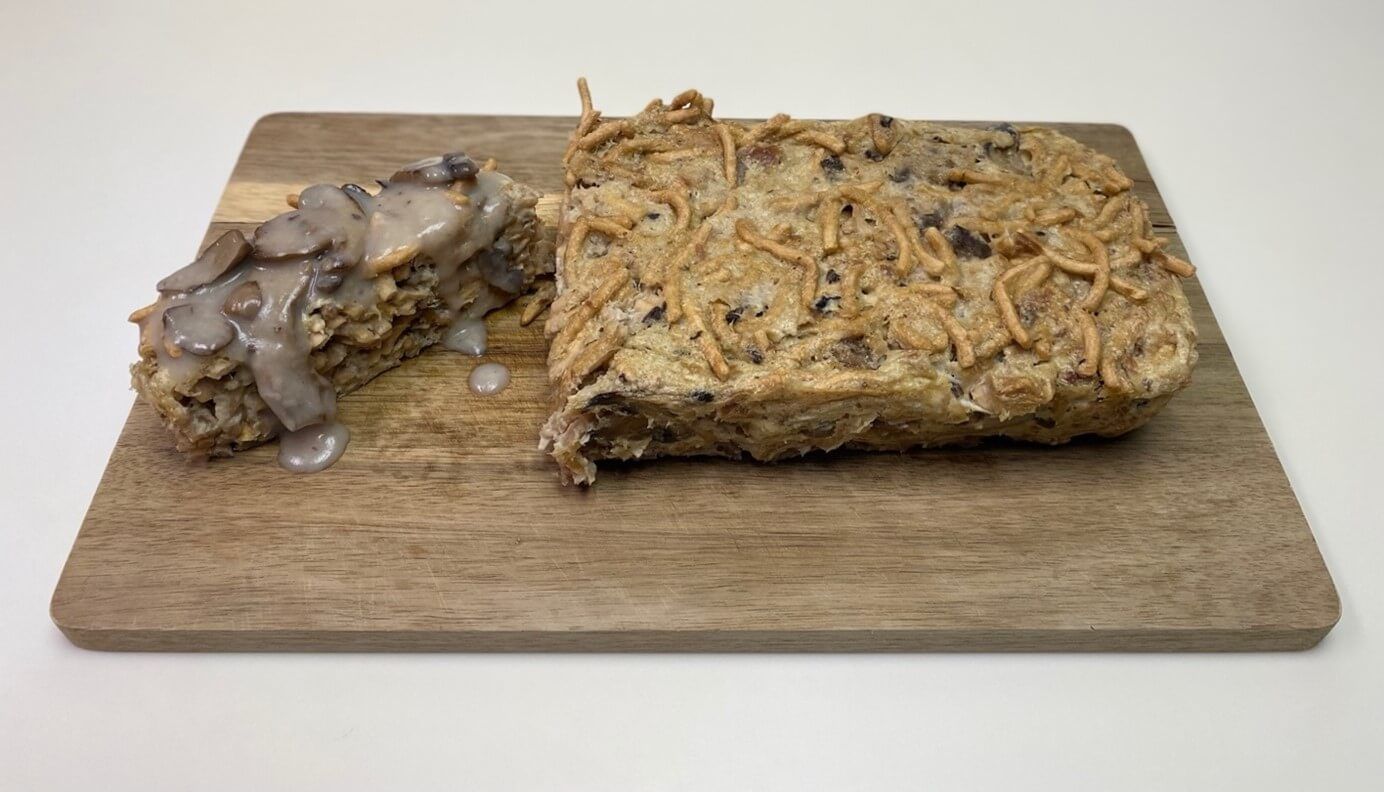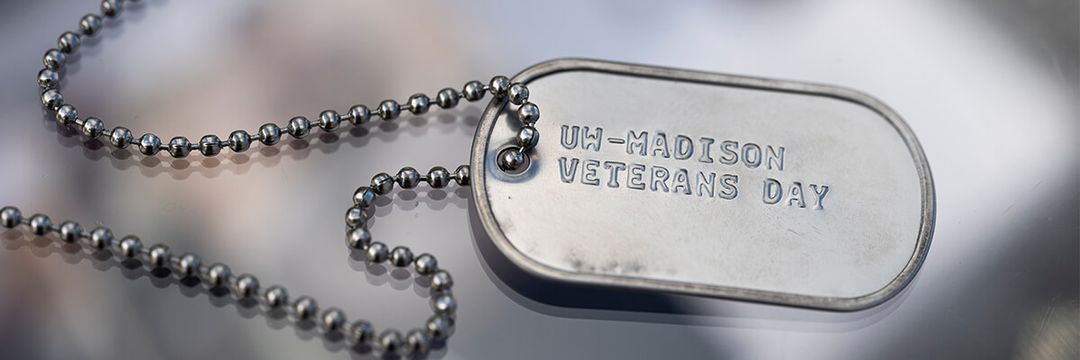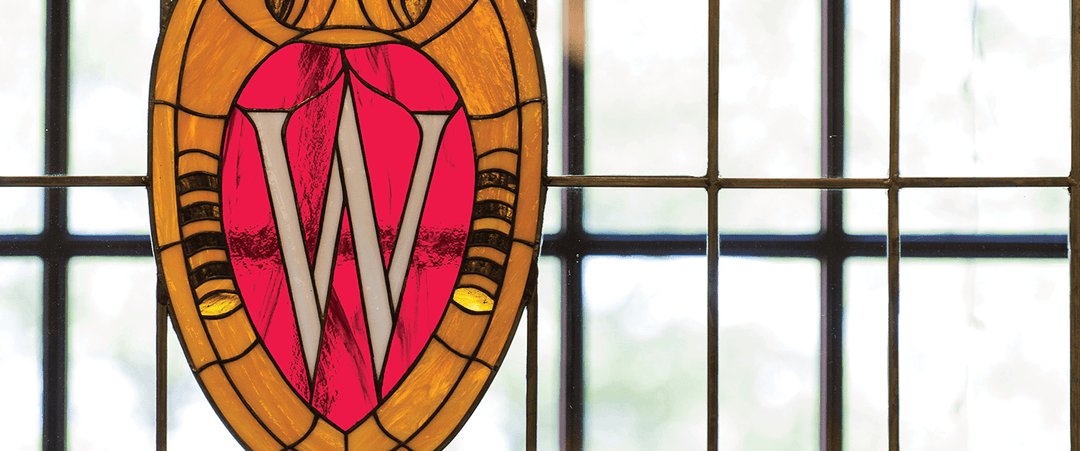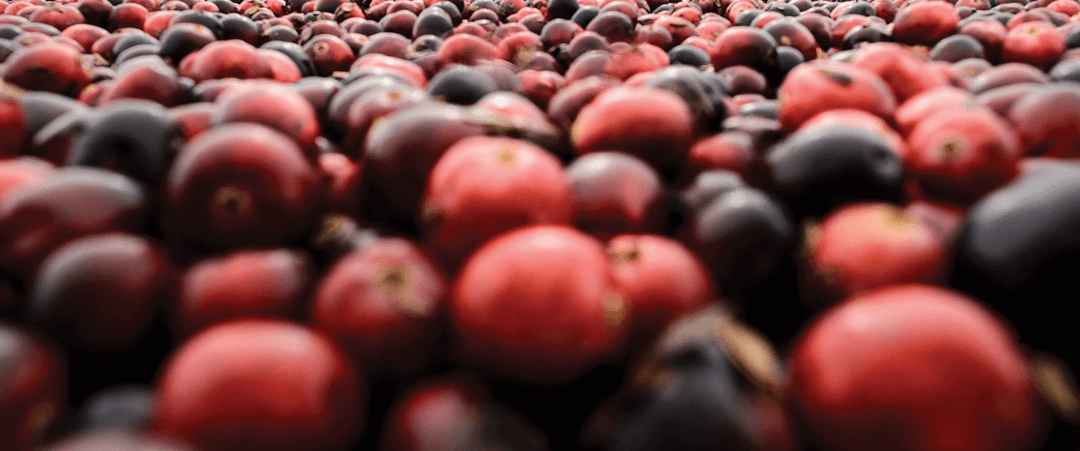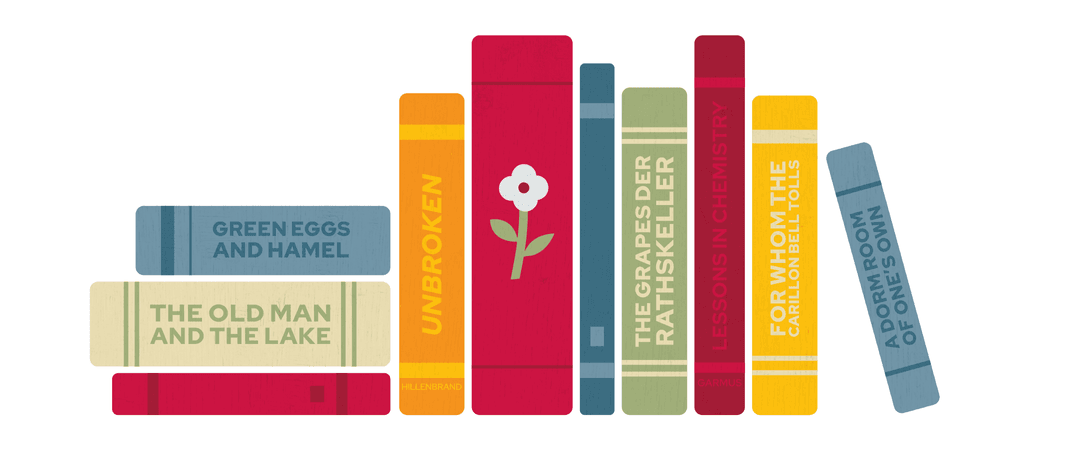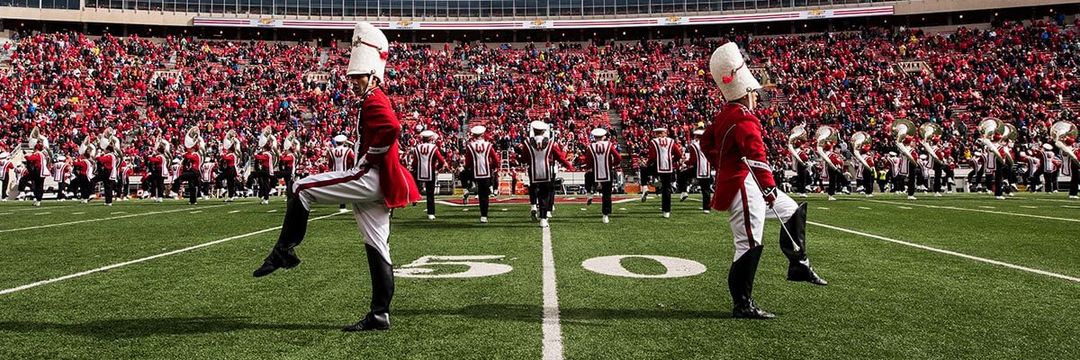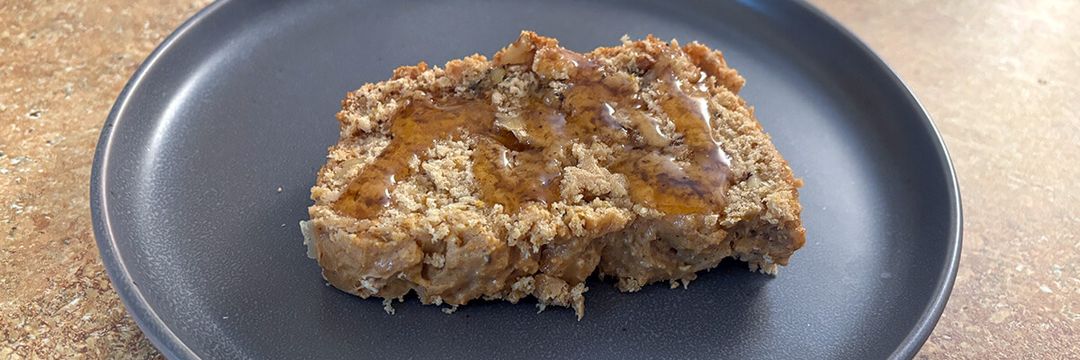Ingredients:
3 cans mushroom soup
1 can mushrooms, sautéed
2 beaten egg yolks
1 can tuna, well drained
1 package or 2 cans chow mein noodles
2 egg whites, beaten to form stiff peaks
Procedure: Dilute the mushroom soup with water till it has the consistency of medium cream sauce. To this, add the can of mushrooms.
Set aside two cups of this sauce. To the rest add the egg yolks, tuna, and noodles. Fold in the egg whites.
½ cup of chopped almonds may be added.
Put mixture in loaf pan and bake for 30 minutes at 350° F. Use the 2 cups of mushroom soup mixture as a sauce when loaf is served.
Review:
If it’s true that one eats with one’s eyes first, it’s really not possible to address the actual taste of Chow Mein Loaf before diving into the loaf’s look. I think even Paul Hollywood would forgive us for focusing on style over substance in this case. After all, the worst-looking food he judges on the Great British Baking Show is a messy cake or matte ganache.
Chow Mein Loaf is a much scarier story. It may shock you that the above photo is not, in fact, a block of grub-filled suet from the bird seed aisle at Menards. What you see above is truly the result of my best attempt to follow the recipe that Mrs. Evelyn Gaumnitz submitted to the Associated Women Students cookbook, called Bucky's Favorite Foods, in 1955. Gaumnitz was not associated with any dining halls at the UW, but she was married to the dean of the Wisconsin School of Business, Erwin Gaumnitz. Thus, the humble Chow Mein Loaf found a spot in campus’ culinary history.
I’m sure Mrs. Gaumnitz was a wonderful cook. Chow Mein Loaf might have even come from a great sense of humor — she could have created this recipe especially for Bucky when she heard the cookbook’s title. (Earthworms are a staple of any badger’s diet, you know.) Regardless, I’m sorry to say that there’s no trick of the camera, decorative swoosh of sauce, or perfectly placed piece of garnish that could make Chow Mein Loaf look appetizing to a human.
That said, the loaf’s aroma went a long way in making up for lost presentation points. I barely hesitated in trying my first bite. The mixture of eggs, tuna, and chow mein noodles smelled and tasted like a savory cake — in a good way. I would even go so far as to say the loaf was an innovative version of tuna casserole. Admittedly, tuna casserole is a controversial dish. But no matter what you’re thinking about the substantive side of my review, I can assure you that Chow Mein Loaf tastes better than it looks.
My only real qualm with the loaf — aside from its appearance, of course — was its texture. It was generally spongey from the whipped egg whites, but the main structural component of the loaf is the chow mein. When crunchy, chow mein noodles are a joy to eat. But when soggy with cream of mushroom soup, the noodles make for a wormy mouthful.
Now, I don’t anticipate making Chow Mein Loaf for my own table ever again, but just in case any readers want to give it a whirl, I have a few tips to share. First, the recipe is imprecise with measurements and ingredients; it does not specify what kind of chow mein noodles to use. I assume Mrs. Gaumnitz means the crunchy kind, not a package of boiled chow mein noodles. I can’t be certain this was her intention, but the liquid-to-dry ratio feels off, so dried noodles seemed like the best bet. And texturally, I believe cooked noodles would have only increased the loaf’s tendency toward worminess. When you’re mixing up the soup and eggs, I’d also recommend adding a healthy dose of black pepper.
Final tip: 30 minutes in the oven didn’t set the loaf (likely because of the liquid-heavy mix) so go ahead and set your timer for 40 minutes instead. The extra 10 minutes is worth the wait — you’ll enjoy the aroma more than the food, anyway. Plus, you wouldn’t want to end up with a messy de-molding from the loaf pan, would you?
Can you top this Chow Mein Loaf recipe from 1955? Did the dining halls do a better job with plate presentation? Send us your favorite, or terribly feared, recipes from campus!
